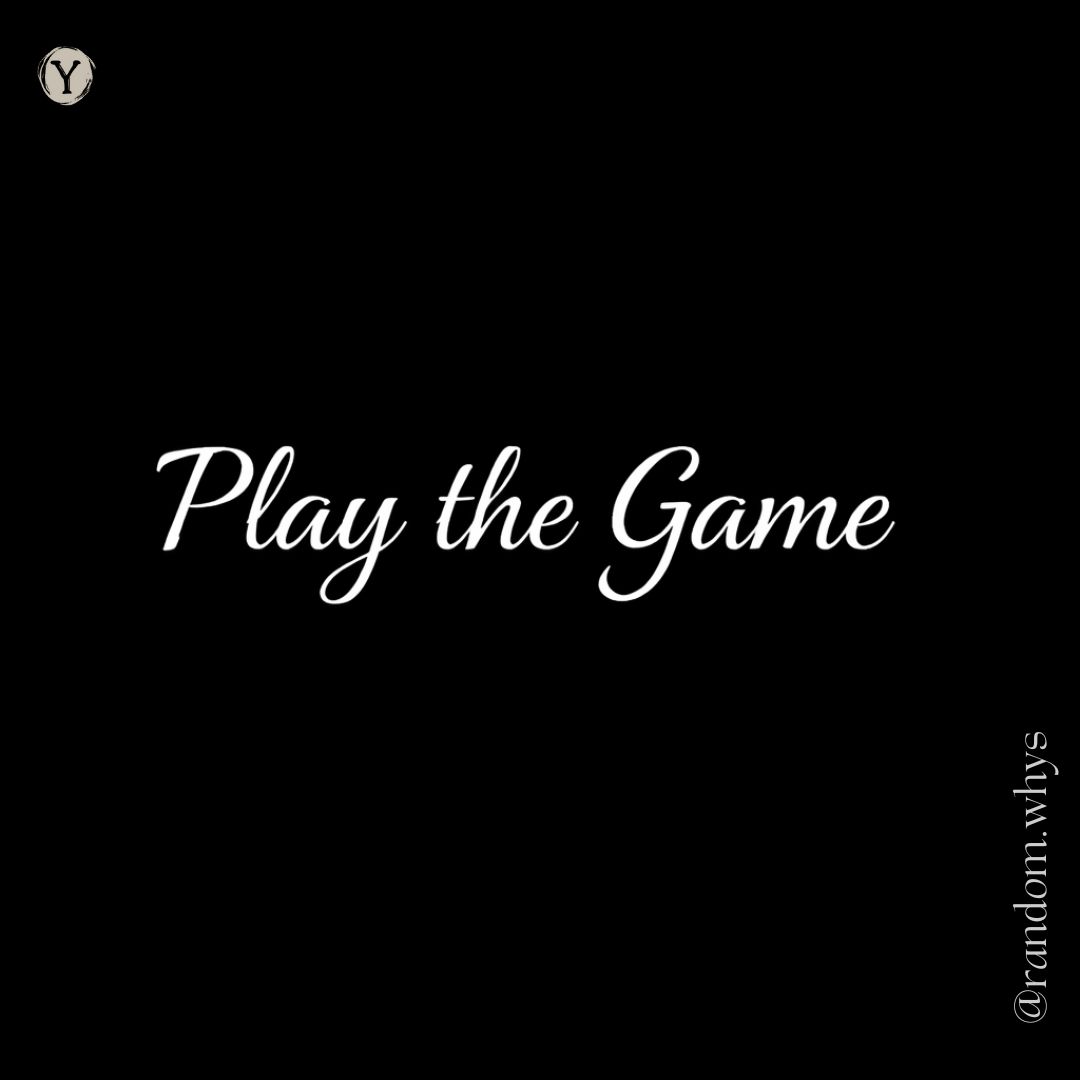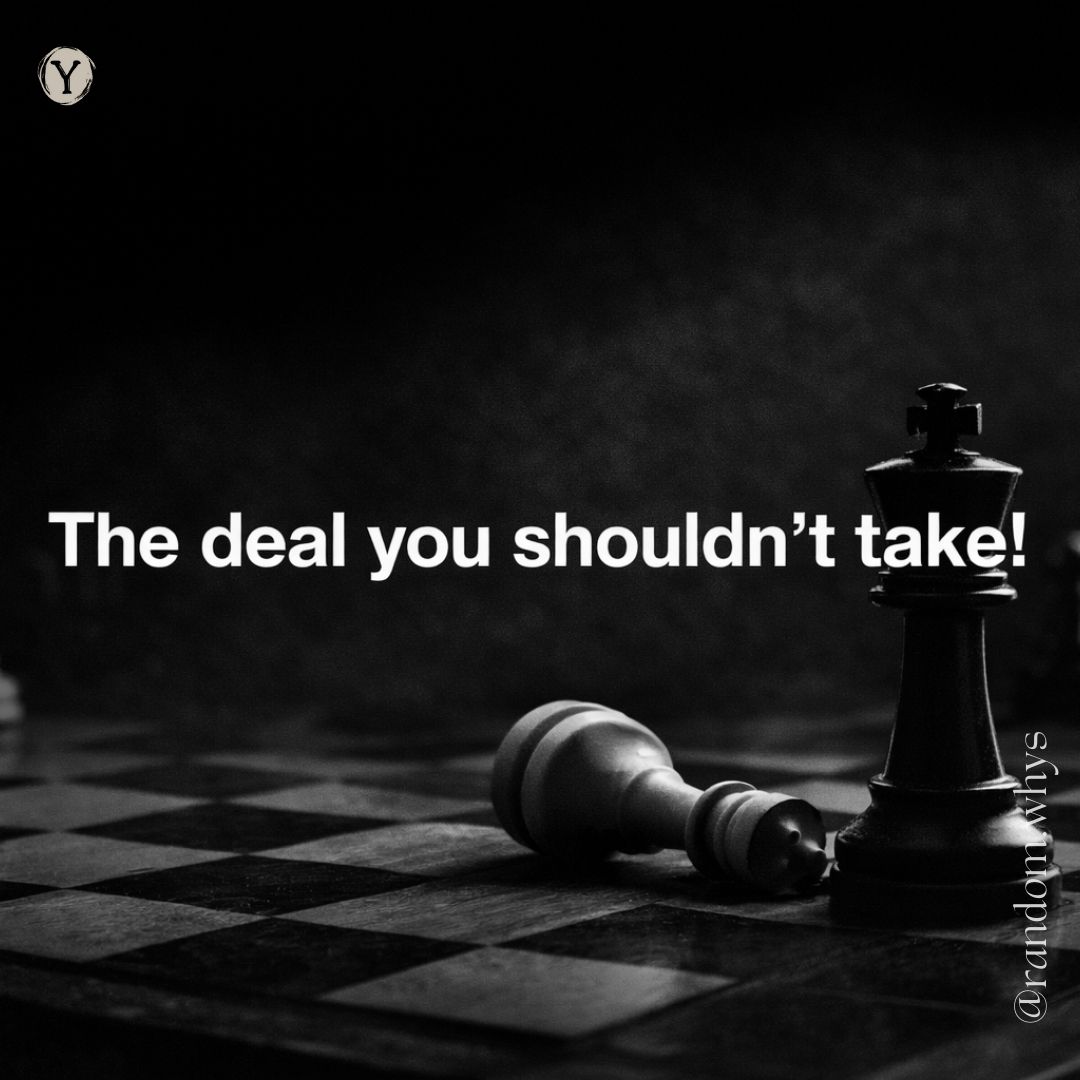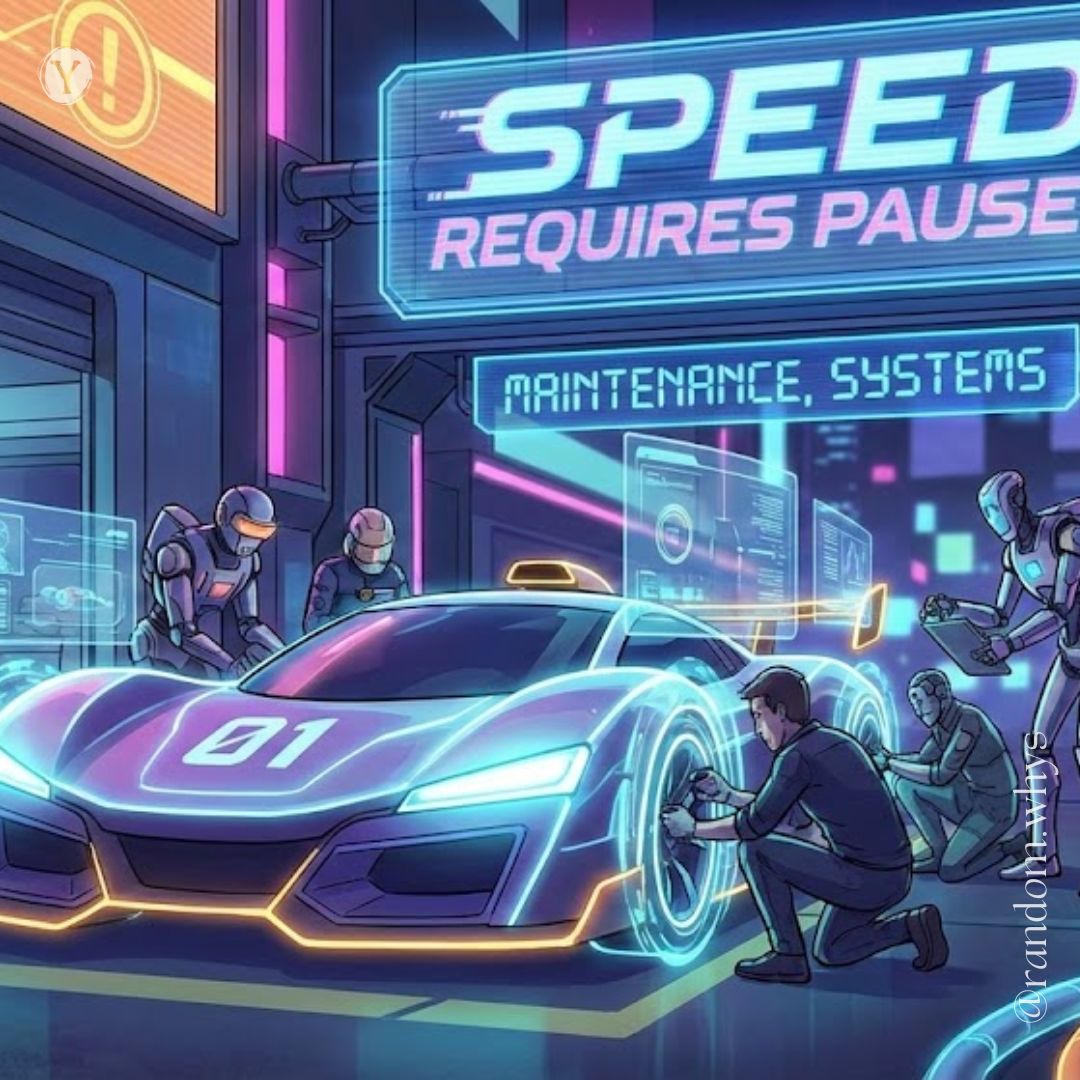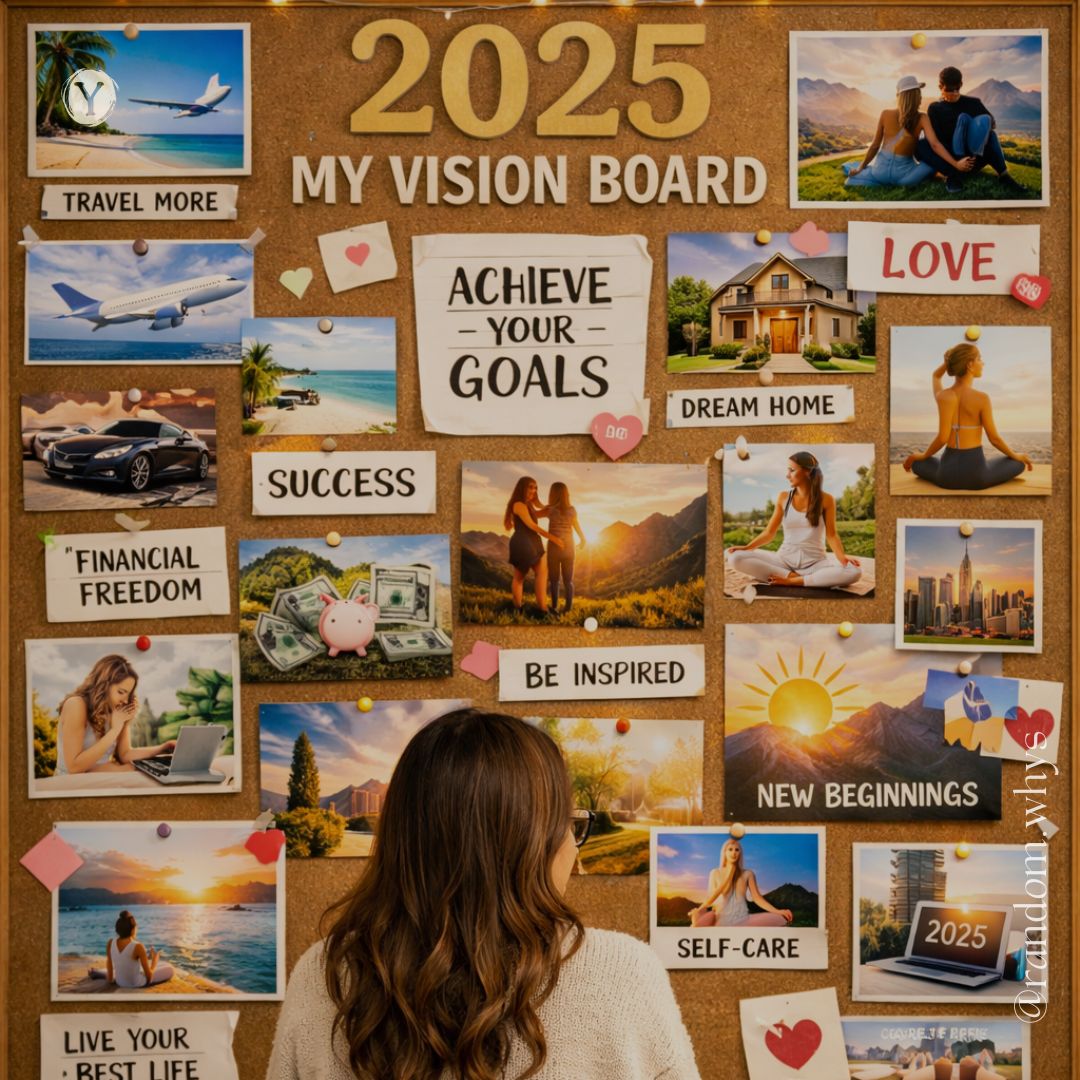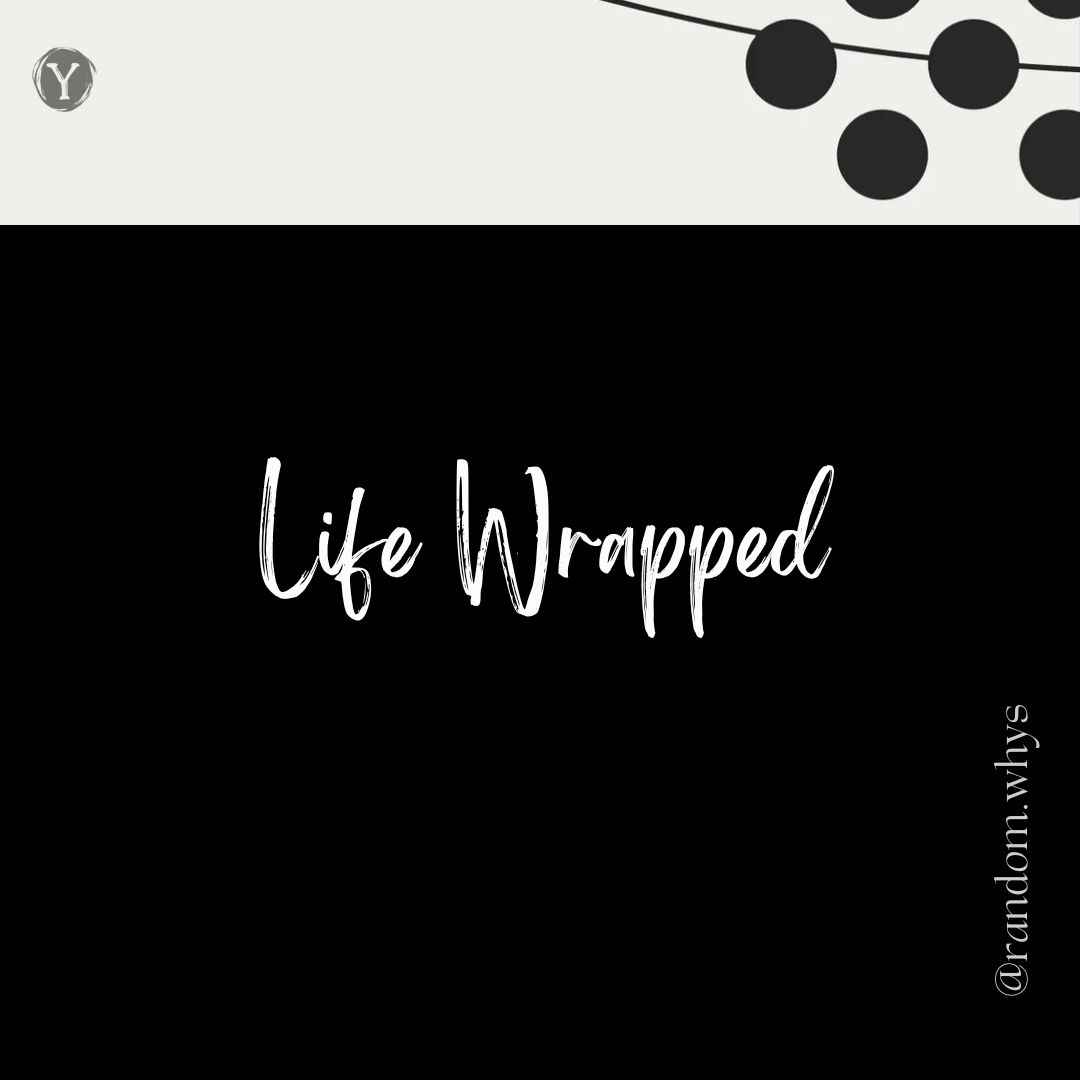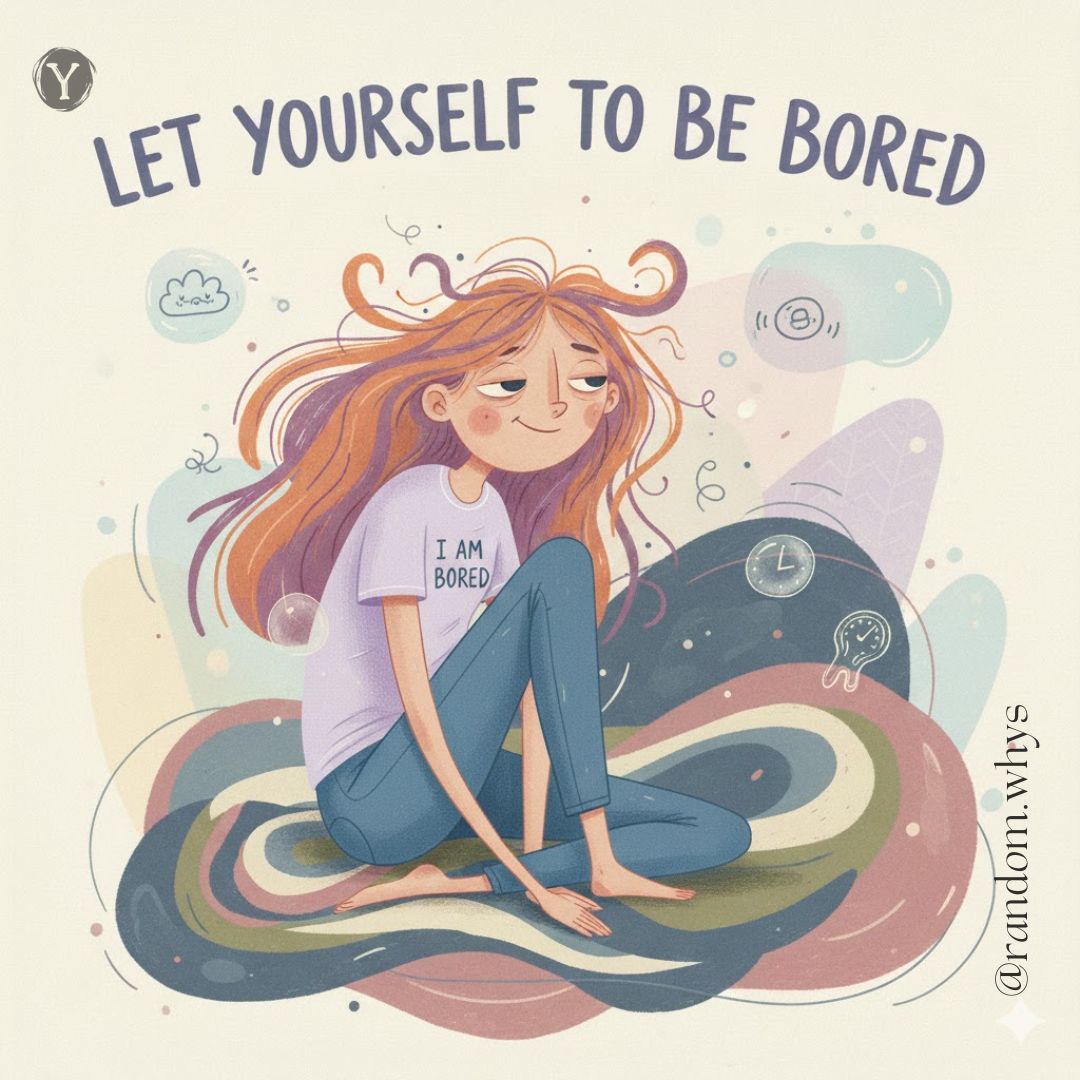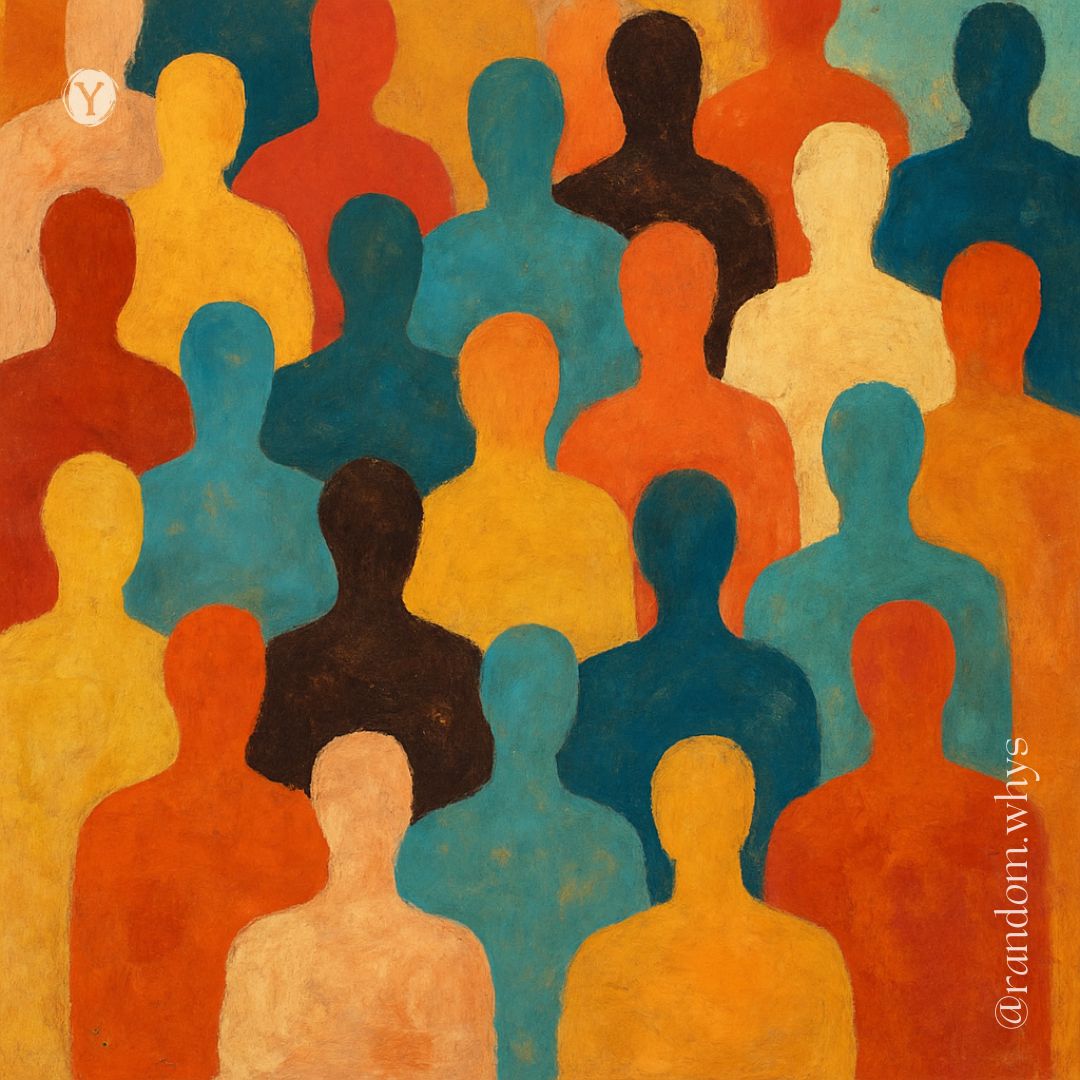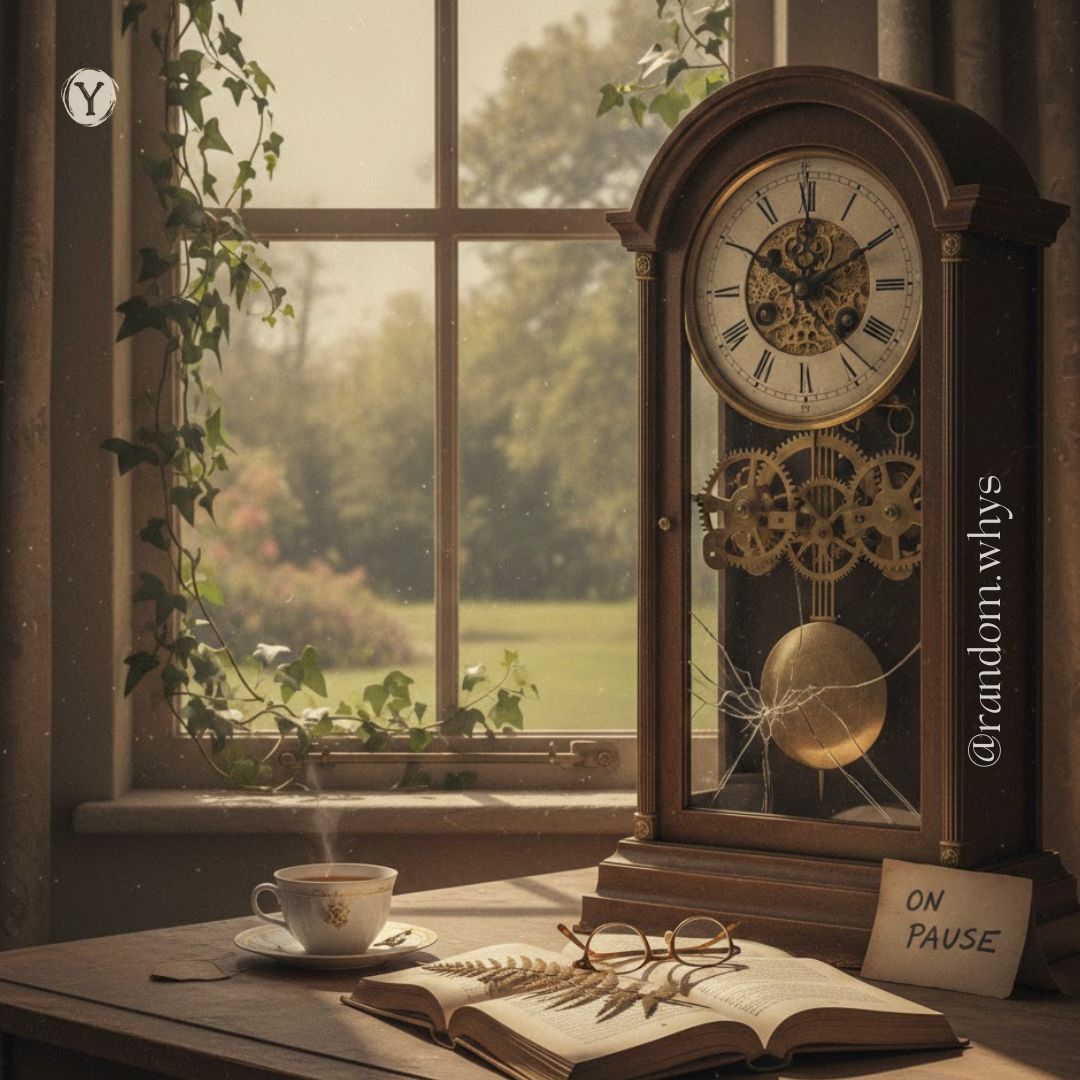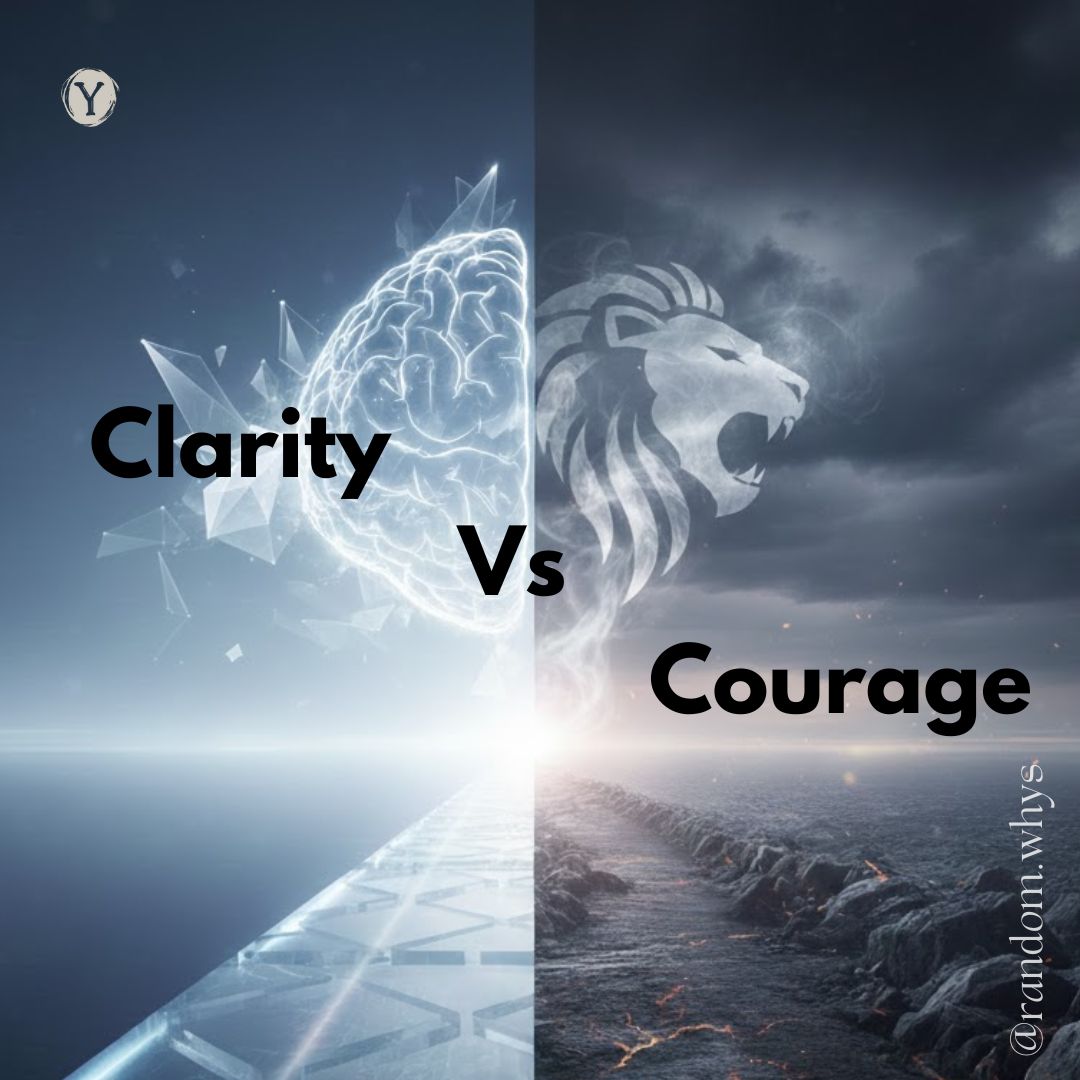2–3 minutes
It is what it is. Such an ordinary line. Yet it holds a whole philosophy inside it especially when we are standing at the edge of something big, like starting a business or making a life-shifting decision.
For the last few days, I’ve been thinking about this question: Do we need clarity first, or courage first? And the more I observe my own decisions, the more this tension shows up everywhere.
J. Krishnamurti had a very sharp view on this. He said that when you truly see something as it is without fear, without illusions, without desire distorting your view the right action just happens. No force. No push. No be brave quotes.
Clarity is not romantically, emotionally, with prejudice, with what you would liked it to be. It is the effort to see things absolutely as they are in daily life. And when there’s clarity there’s no need for exercise of will or choice. Someone can live in daily life without any kind of will, choice and resistance.
Clarity as the state where fear (which necessitates courage) and confusion (which necessitates choice/will) are both absent. You simply act because the path is obvious. The mind becomes so clean that action feels like a natural consequence, not a choice. A luxury most of us don’t have on a daily basis.
The moment you step into building something a business, a product, even a small side project this clean philosophical world breaks. Life, work, and entrepreneurship pull us in too many directions. Here, clarity and courage are constantly fighting for attention.
When clarity matters
Clarity is where you understand the basics. The problem you want to solve, who you’re solving it for, and the simplest place to start. Without this grounding, your effort gets scattered. Clarity keeps you from running blindly and wasting time on things that don’t matter.
When courage matters
Even with clarity, you still have to act and that’s where courage steps in. Building anything new comes with uncertainty, rejection, and risk. Courage is what makes you take the first step, share your rough work, and keep going when things get uncomfortable.
Balance
Clarity and courage don’t follow a sequence or an order. They reinforce each other. You get clear enough to begin, then use courage to take a step. That step gives you new information, which sharpens your clarity. With that clarity, you take the next courageous step. It’s a loop, not a linear path. Each one feeds the other as you move forward.
Perfect clarity is rare, and waiting for it only delays your life. Real progress comes from a mix. Enough clarity to know your direction, and enough courage to actually move. The path reveals itself only after you start walking.
Cheers!
Check out the previous post: Where Art Lives?
Follow on IG & X for more!
If you like what you see and wish to support my work, then
Share your thoughts/suggestion at the comment section or mail at
randomwhyss[@]gmail[dot]com
Don’t miss out! Get notified about new blog posts straight to your inbox !
(No spam, pinky promise!)
Enter your mail to receive updates
turtles all the way down!
Sunandhini R

